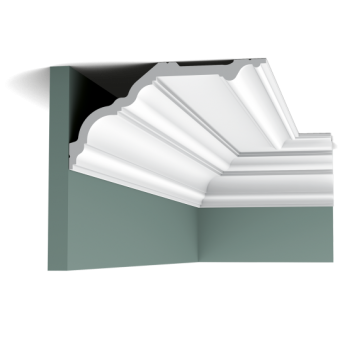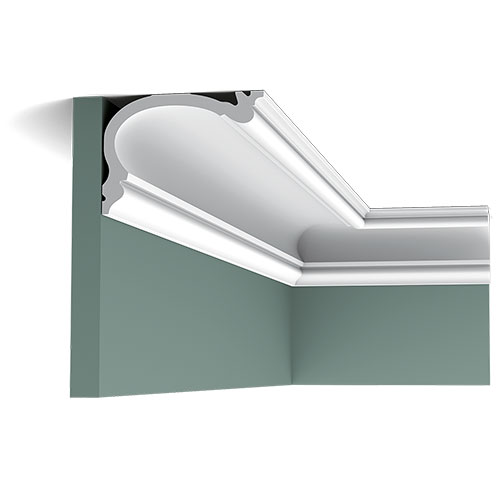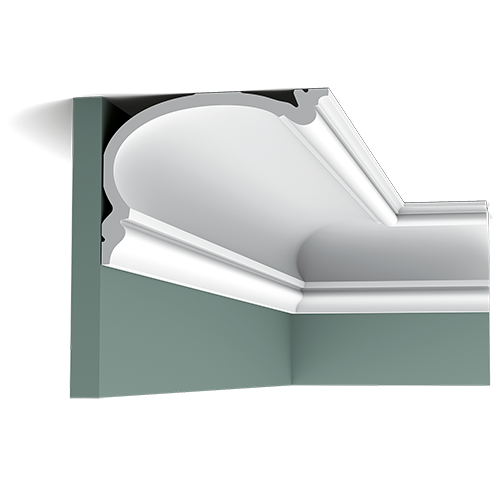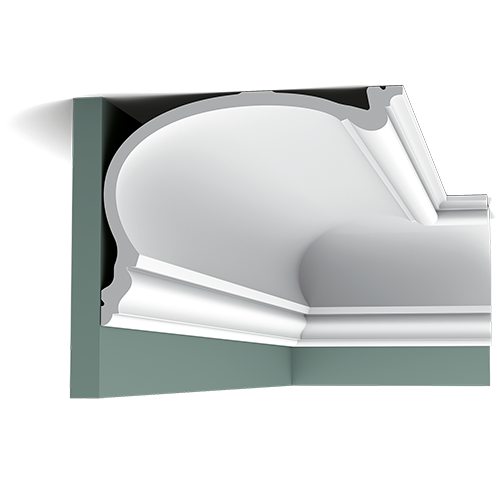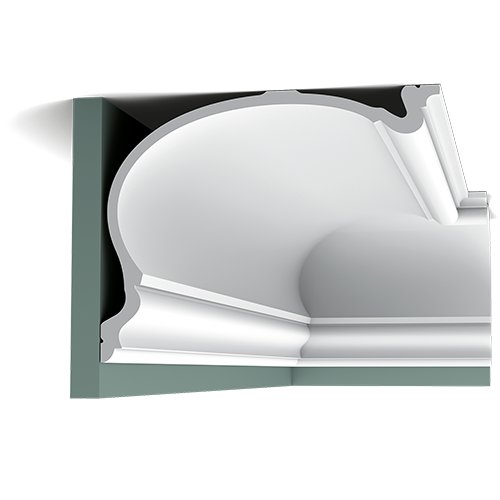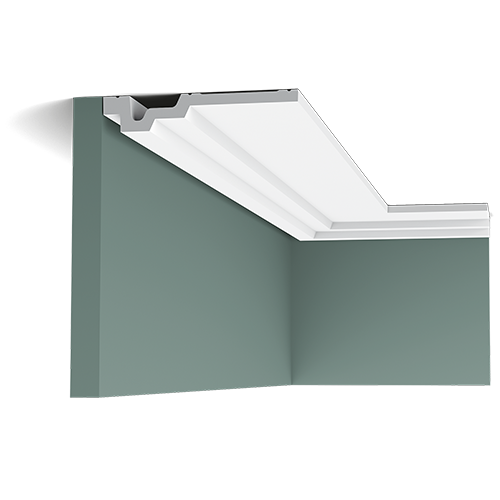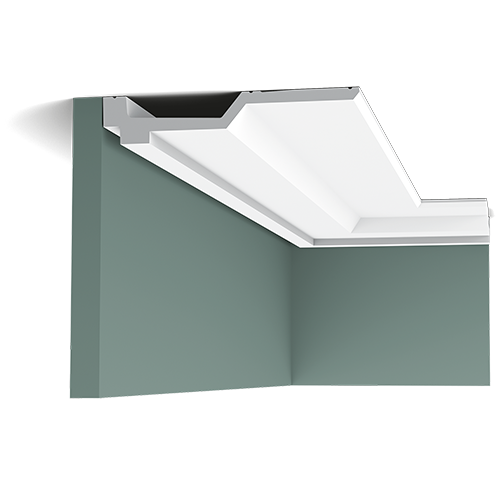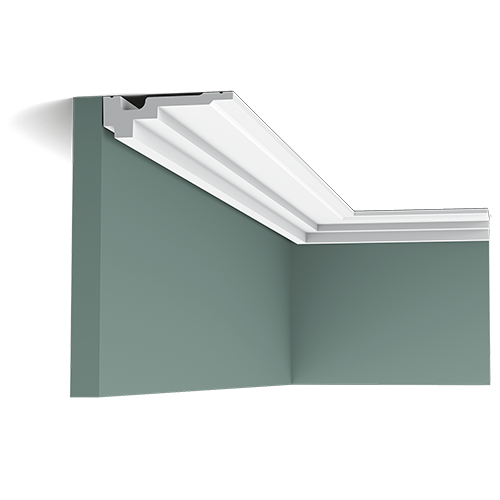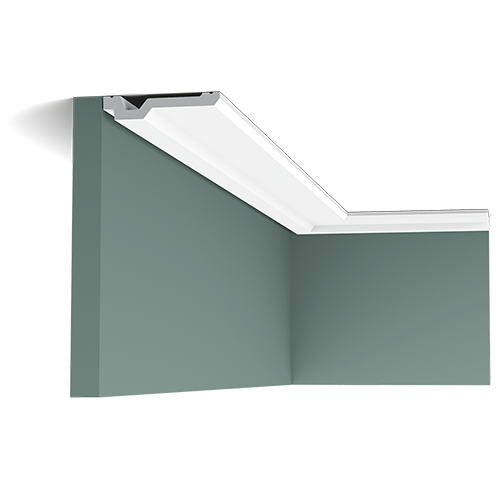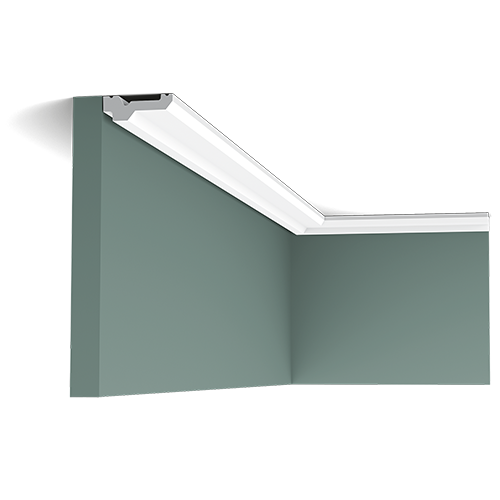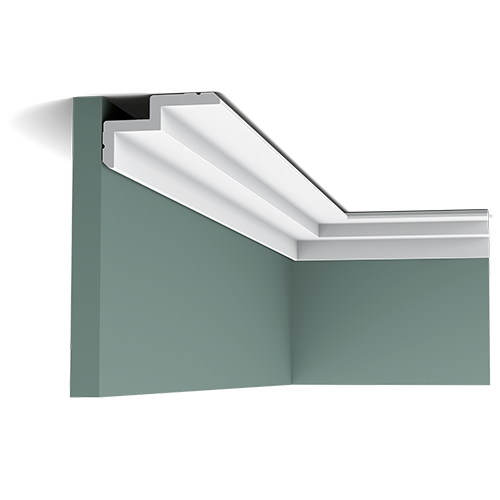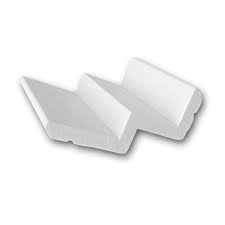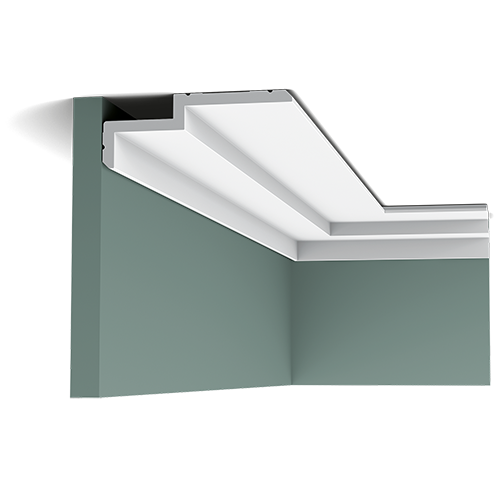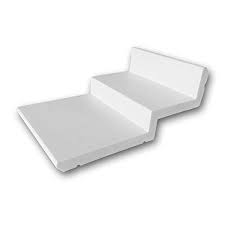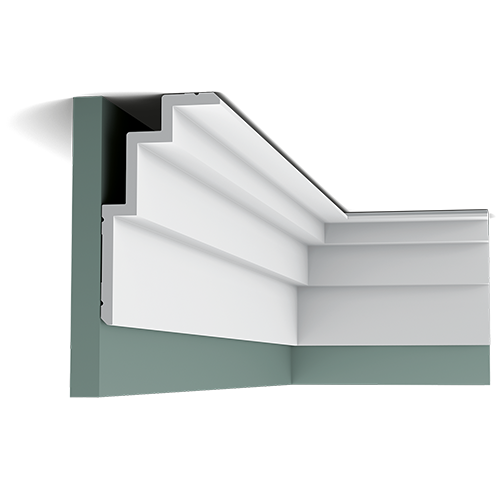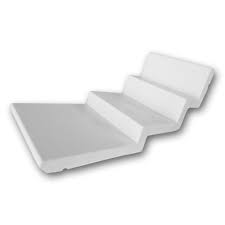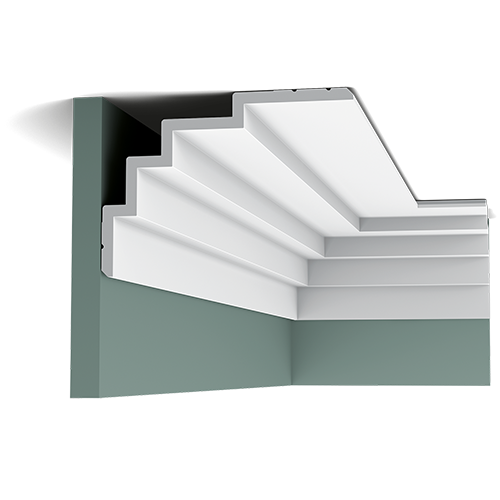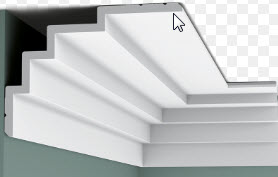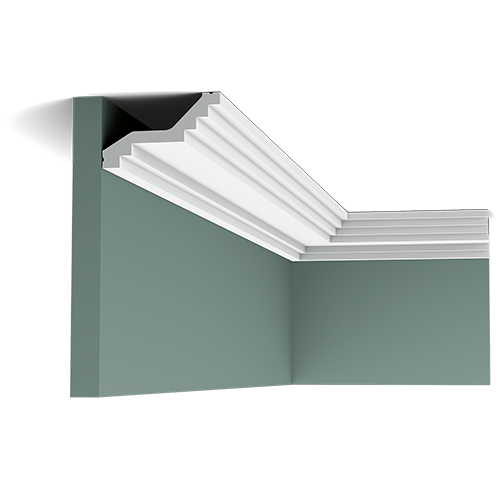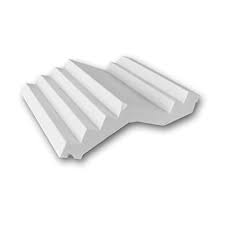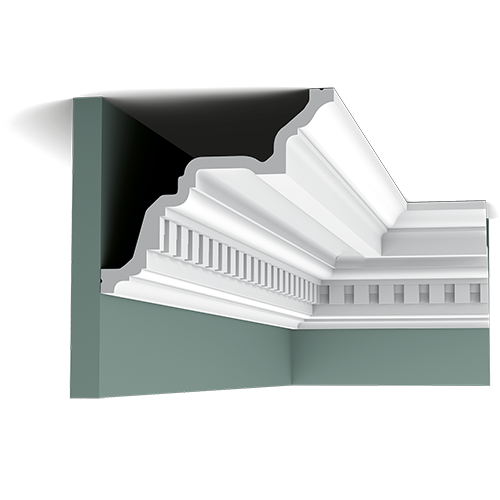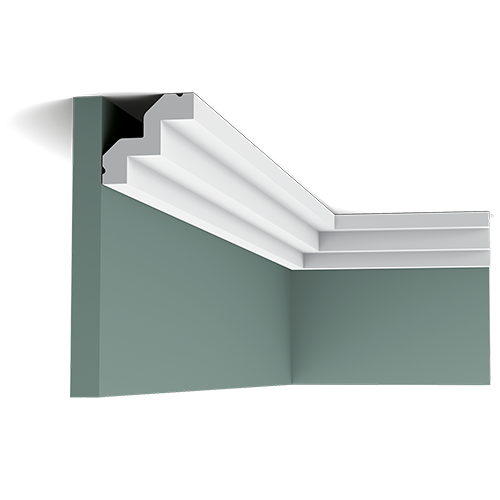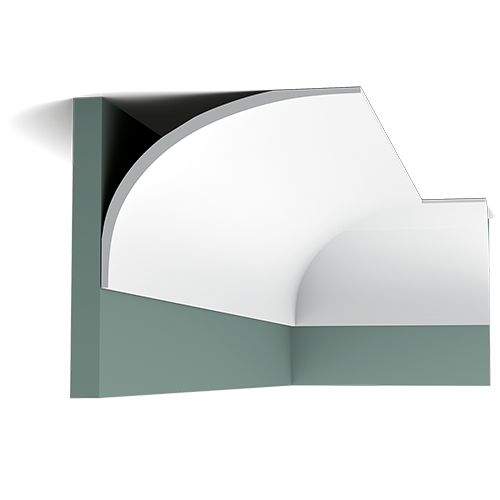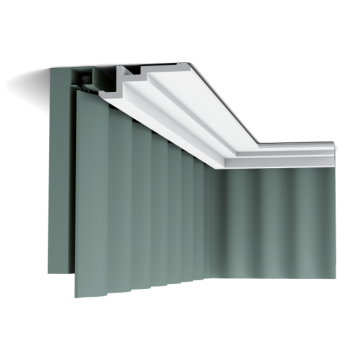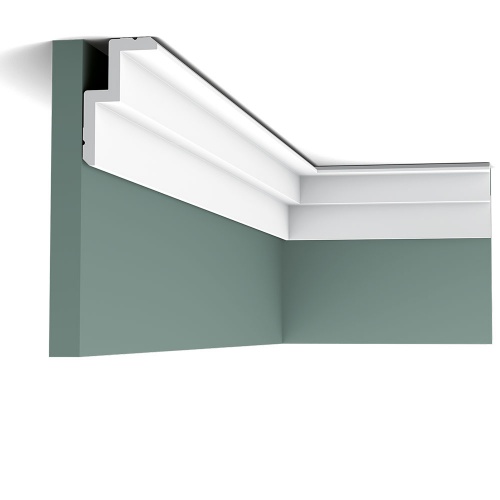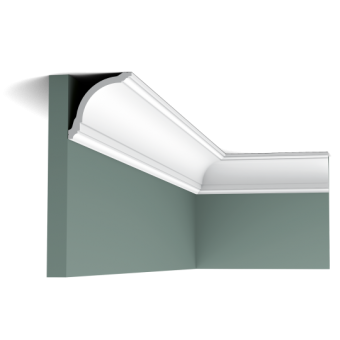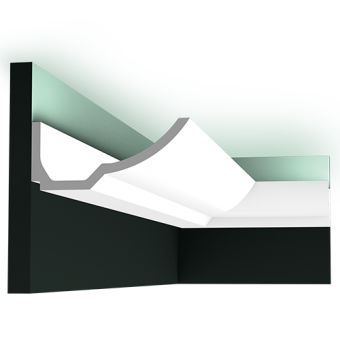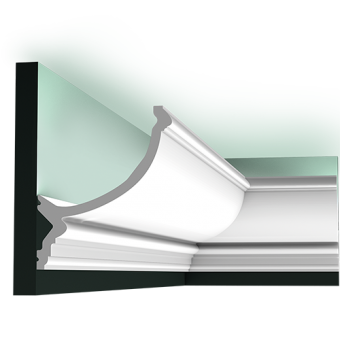Coving
Quality Coving
Our coving is made from duropolymer which is a harder surface than polystyrene coving, and is more dense than polyurethane, they are produced at the highest quality and made from rigid steel moulds to deliver a very sharp edges. Also our coving is much lighter than plaster this makes them easy to install and because they are primed they are ready for painting.
Some of our Coving Cornices are flexible and can curve to: Radius of min = 380 cm
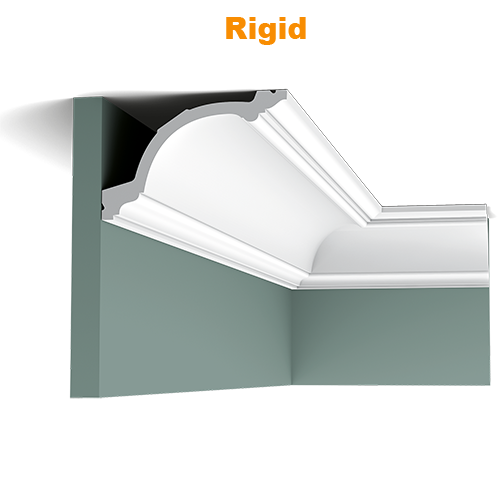
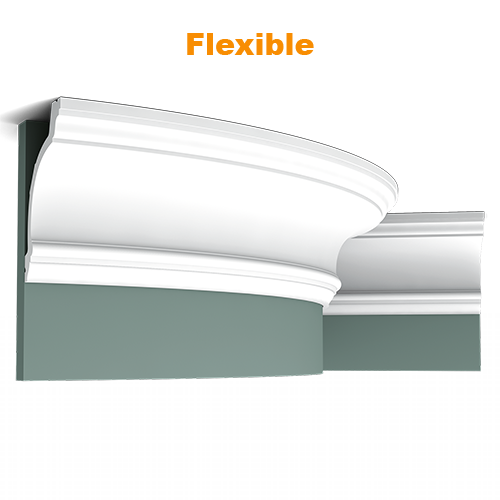
A Flexible best-seller which has been very successful for a number of years.
Dimension: 2m L x 6.9cm (H) x 7.1cm (P)
A great model at a reasonable price. This coving provides personality to a room.
Dimension: 2m (L) x 11.8cm (H) x 11.7cm (P)
A best-seller which has been very successful for a number of years. This coving is affordable yet elegant and durable.
Dimension: 2m or 2m (L) x 11.8cm (H) x 11.7cm (P)
Brother of the CX106 with dental blocks.
Dimension: 2m (L) x 11.8cm (H) x 11.7cm (P)
A nice coving with both convex and concave curves.
Dimension: 2m (L) x 5.4cm (H) x 5.5cm (P)
A simple gorge, with a line cut out at the bottom. Big brother of coving CX115.
Dimension: 2m (L) x 4.4cm (H) x 4.4cm (P)
A flexible simple curve, with a line cut out at the bottom. The big brother of CX115 coving. A best-seller which has been very successful for a number of years.
Dimension: 2m (L) x 4.4cm (H) x 4.4cm (P)
This is a classical coving. When incorporating ornaments, keep in mind the following design principles: scale and proportion, balance, rhythm, emphasis and harmony.
Dimension: 2m x 4.5cm (H) x 4.1cm (P)
A dynamic line for this coving combining lines and a soft curve at the top.
Dimension: 2m (L) x 5.4cm (H) x 3.8cm (P)
A small simple gorge, with a line cut out at the bottom.
Dimension: 2m (L) x 3cm (H) x 2.9cm (P)
Brand New, pre-cut internal corner Classic cut for this coving.
Dimension: 2m (L) x 8cm (H) x 8cm (P)
Classic cut for this coving. CX124 is the smaller brother is this reference.
A best-seller which has been very successful for a number of years.
Dimension: 2m (L) x 8cm (H) x 8cm (P)
Small brother of coving CX123. Classic cut.
Dimension: 2m (L) x 4.9cm (H) x 4.9cm (P)
Plain coving groove with very thin edges to integrate perfectly to wall and ceiling.
Dimension: 2m (L) x 8.7cm (H) x 8.7cm (P)
A timeless model to suit all decoration styles. Bigger brother to CX100.
Dimension: 2m (L) x 9.4cm (H) x 9.4cm (P)
A flexible best-seller which has been very successful for a number of years.
Dimension: 2m (L) x 9.4cm (H) x 9.4cm (P)
Dental blocks pattern. Design similar to CX107.
Dimensions: 2m (L) x 9.4cm (H) x 9.4cm (P)
This quarter-round is a rounded profile that can be used to finish off the bottom of baseboard, especially when the floors are not even (to hide a gap).
Dimension: 2m x 2cm x 2cm
This product is shock- and waterproof thanks to its high-density polymer blend.
Dimension: 2m (L) x 2cm (H) x 2cm (P)
Medium-sized profile with cyma recta curvature and large extended base.
Dimension: 2m x 5.9cm (H) x 3.1cm (P)
A similar style like a door architrave type.
Dimension: 2m (L) x 4.3cm (H) x 2.9cm (P)
An affordable modern coving design, which has been cleverly designed to disguise cracks between walls & celings, whilst also creating a soft grey shadow line around the perimeter of the ceiling.
Dimension: 2m x 1.3 cm x 3.9 cm (P)
This coving is designed to create a contemporary ambience in a room. The 13mm high ridge along each length has been designed to create a soft grey shadow line around the perimeter of the ceiling.
Dimension: 2m (L) 1.3 cm x 6.9 cm (P)
Our new stately cornice mouldings are the perfect finish for your space. They provide an elegant transition between wall and ceiling.
Dimension: 2m (L) x 8cm (H) x 4cm (P)
Our new stately cornice mouldings are the perfect finish for your space. They provide an elegant transition between wall and ceiling.
Dimension: 2m (L) x 7cm (H) x 6 cm (P)
This cornice with cyma recta curvature and large extended base is the perfect finish for any space. The CX92 creates an elegant transition between wall and ceiling to add that little something extra to your interior. Smaller sized variants of this profile are the CX141 and CX176.
Dimensions: 2m Long x 12cm High x 6cm Projection
Rigid
This multifunctional skirting board with rounded top provides endless possibilities. Use together with other members of the CASCADE family to effortlessly provide the entire space with a cohesive look.
Dimension: L 2m x H 11cm x W 1.3cm
A contemporary cornice for a multitude of applications. With the additional installation support, this profile can perfectly hide curtain systems.
Dimension: 2m Long x 11cm High x 14cm Projection
Rigid
One of the most popular cornice. A timeless classic.
Dimension: 2m Long x 6.5cm High x 5.7cm Projection
Rigid
A deep and intricate floraland foliage pattern, particularly suited to traditional decor and period style rooms.
Dimension: 2m Long x 11.6cm High x 4.8cm Projection
Rigid
A classic cornice with dental blocks inspired by Georgian/Edwardian styles. Check also C422.
Dimension: 2m Long x 11.6cm High x 11.2 cm Projection
Rigid or Flexible
A classic cornice model with egg-and-dart that blends in any interiors a decorative design, inspired by classical master pieces, adorned with fine details,
Dimension: 2m Long x 7.3cm High x 4.5cm Projection
Rigid
A similar linear profile related to the C213. Exists in Flex. Flex profiles are really versatile and the finish is far superior to anything one could ever achieve with timber.
Dimension: 2m Long x 4.7cm High x 4.7cm Projection
Rigid or Flexible
A contemporary model with traditional inspiration and a decorative design, inspired by classical master pieces, adorned with fine details, that can bring back the character of a renovated house or contrasts with modern elements to enrich any setting.
Dimension: 2m Long x 11.6cm High x 13.6cm Projection
Rigid
A high cornice adorned with vibrant Acanthus leaves for a sumptuous and noble finish. A decorative design, inspired by classical master pieces, adorned with fine details
Dimension: 2m Long x 17.6cm High x 13cm Projection
Rigid
A shallow linear coving reaching across the ceiling. A classic. A best-seller which has been very successful for a number of years. Exists in Flex.
Dimension: 2m Long x 7.6cm High x 11.6cm Projection
Rigid or Flexible
A small coving with a classic linear pattern. Exists in Flex. Flex profiles are really versatile and the finish is far superior to anything one could ever achieve with timber.
Dimension: 2m Long x 2.9cm High x 2.9cm Projection
Rigid or Flexible
The simplest form of coved moulding, common in the 30s. Exists in Flex. Flex profiles are really versatile and the finish is far superior to anything one could ever achieve with timber.
Dimension: 2m Long x 8cm High x 8cm Projection
Rigid or Flexible
Small traditional coving. Exists in Flex. Flex profiles are really versatile and the finish is far superior to anything one could ever achieve with timber
Dimension: 2m Long x 1.6cm High x 1.6cm Projection
Rigid or Flexible
A simple yet refined model far superior to anything one could ever achieve with timber.
Dimension: 2m Long x 4.1cm High x 4.8cm Projection
Rigid
A classical, ornamented art deco inspired cornice. These substantial sizes are ideal for larger rooms.
Dimension: 2m Long x 17cm High x 14.4cm Projection
Rigid
A beautiful flower- and foliage pattern cornice. Far superior to anything one could ever achieve with timber.
Dimension: 2m Long x 14.4cm High x6.5cm Projection
Rigid
Classical ribbed cornice. Exists in Flex. Flex profiles are really versatile and the finish is far superior to anything one could ever achieve with timber.
Dimension: 2m Long x 12.2cm High x 7.2cm Projection
Rigid or Flexible
One of our largest and most classical cornices, breathtakingly royal.
Dimension: 2m Long x 19.5cm High x 19.5cm Projection
Rigid
This flat profile belongs to The Cotswolds family to fit into grand projects and spaces like hallways or long narrow rooms.
Dimension: 2m Long x 9.9cm High x 5cm Projection
Rigid or Flexible
A small but elegant profile.
Dimension: 2m Long x 5cm High x 4.2cm Projection
Rigid
The cornice C326 is part of our fragmented cornice family and creates a beautiful play of light and shadow. A smaller and bigger cornice in the same family are C325(F) and C327.
Dimensions: 2m Long x 10.5cm High x 9cm Projection
Rigid or Flexible
The cornice C327 is part of our fragmented cornice family and creates a beautiful play of light and shadow. Two smaller cornices in the same family are C325(F) and C326(F).
Dimensions: 2m Long x 14.3cm High x 15.9cm Projeciton
Rigid
An elegant shallow cornice extending accross the ceiling.
Dimension: 2m Long x 6.4cm High x 13.5cm Projection
Rigid or Flexible
This XL profile has been created as part of The Cotswolds family to fit into grand projects and spaces.
Dimension: 2m Long x 23cm High x 11.4cm Projection
Rigid or Flexible
A classic swan-neck profile. Did you know: the S curve with its broken angle is also named the Flemish scroll and was popular in the 17th century during the Flemish Renaissance.
Dimension: 2m Long x 11.1cm High x 12.2cm Projection
Rigid or Flexible
This swan-neck profile belongs to the Majestics family to fit into grand projects and spaces. Did you know: the S curve with its broken angle is also named the Flemish scroll and was popular in the 17th century during the Flemish Renaissance.
Dimension: 2m Long x 15cm High x 19.6cm Projection
Rigid or Flexible
A classical XL profile to fit grand rooms. A statement coving.
Dimension: 2m Long x 26.6cm High x 27.1cm Projection
Rigid
This XL profile has been created as part of the 'Canterbury's' family to fit into grand projects and spaces. The big brother of C217.
Dimension: 2m Long x 18.4cm High x 18.4cm Projection
Rigid
This XL profile has been created as part of The Cotswolds family to fit into grand projects and spaces. The big brother of C321.
Dimension: 2m Long x 14.1cm High x 6.4cm Projection
Rigid or Flexible
The design of this large Cotswold model allows the moulding to be mounted in two ways. Here we fix the largest section to the wall, making the space seem wider.
Dimension: 2m Long x 25.6cm High x 13.5cm Projection
Rigid
Inspired by authentic design and made with the latest technology. The C342 is equipped with an extra gluing board. This way it can alternatively be used as a ceiling profile, apart from the wall.
Dimension: 2m Long x 8.8cm High x 12.2cm Projection
Rigid or Flexible
A family of four deeply curved cornices inspired by the rich English heritage of country houses. The deep, asymmetric curve gives the cornice an even more pronounced sense of depth for an extra-dimensional effect.
Dimension: 2m Long x 14cm High x 19cm Projection
Rigid
The 2nd largest cornice in this family of deeply curved profiles inspired by the rich, traditional English heritage of country houses.
Dimension: 2m Long x 19cm High x 25cm Projection
Rigid
C344 Cornice NEW for 2015. The largest profile in this design range and our largest cornice in stock - size XXL.
Dimension: 2m Long x 19cm High x 25cm Projection
Rigid
A flat cornice extending accross the ceiling and providing a intriguing floating effect thanks to its recessed shadow line at the back. Check also the references C354 and C355. A timeless piece of art.
Dimension: 2m Long x 16.5cm High x 3cm Projection
Rigid
Big brother to C353. A timeless piece of art. With its modern and austere lines, this reference subtlety combines beauty and functionality.
Dimension: 2m Long x 9.9cm High x 5cm Projection
Rigid
A small flat cornice extending across the ceiling and providing an intriguing floating effect thanks to its recessed shadow line at the back. Small brother to C353 and C354. A timeless piece of art. With its modern and austere lines, this reference subtlety combines beauty and functionality.
Dimension: 2m Long x 11.1cm High x 3.5cm Projection
Rigid
Simple flat cornice with shadow line at the back. A timeless piece of art. With its modern and austere lines, this reference subtlety combines beauty and functionality. Horizontal and vertical lines smoothly merge into each other. It also features an attractive shadow line.
Dimension: 2m Long x 2cm High x 10cm Projection
Rigid
Small flat cornice with shadow line at the back. Check also the C356. A timeless piece of art. With its modern and austere lines, this reference subtlety combines beauty and functionality. Horizontal and vertical lines smoothly merge into each other. It also features an attractive shadow line.
Dimension: 2m Long x 2.1cm High x 36cm Projection
Rigid
A sleek profile within the Steps range. C390 is perfect as an original, modern cornice or as a practical solution for hiding a curtain rail or LED lighting. The chamfered corners at the top and bottom also create a subtle line of shadow that further accentuates the linear pattern.
Dimension: 2m Long x 6cm High x 10cm Projection
Rigid
A sleek profile within the Steps range. C392 is perfect as a modern cornice. The profile can also be 'reversed' to fit long-side across the ceiling.
Dimension: 2m Long x 6cm High x 16cm Projection
Rigid
A sleek profile within the Steps range. C392 is perfect as a modern cornice. When installed as an original border, it creates additional height and gives your space an extra dimension. The chamfered corners at the top and bottom also create a subtle line of shadow that further accentuates the linear pattern.
Dimension: 2m Long x 19cm High x 10cm Projection
Rigid
A sleek profile within the Steps range. C393 is perfect as a modern cornice. When installed as an original border, it creates additional height and gives your space an extra dimension. The chamfered corners at the top and bottom also create a subtle line of shadow that further accentuates the linear pattern.
Dimension: 2m Long x 15cm High x 21cm Projection
Rigid
An art deco inspired cornice extending accross the ceiling
Dimension: 2m Long x 6cm High x 10cm Projection
Rigid
A large classic cornice with dental blocks inspired by Georgian/Edwardian styles.
Dimension: 2m Long x 16.4cm High x 19.4cm Projection
Rigid
An art deco inspired cornice.
Dimension: 2m Long x 5.3cm High x 5cm Projection
Rigid or Flexible
A contemporary cornice for a multitude of applications. With the additional installation support, this profile can perfectly hide curtain systems.
Dimension: 2m Long x 15.9cm High x 21.6cm Projection
Rigid
Based on the iconic CX190 U-profile, the U-STEPS take on different shapes with ease. With a limited number of decorative mouldings, you can bring walls and entire interiors to life. The results are always unique. Designed by Orio Tonini.
Dimensions: L 2m x H 11.3cm x W 4cm
Based on the iconic CX190 U-profile, the U-STEPS take on different shapes with ease. With a limited number of decorative mouldings, you can bring walls and entire interiors to life. The results are always unique. Designed by Orio Tonini.
Dimensions: L 2m x H 5cm x W 9.3 cm
Smaller version of CX106. This elegant cornice moulding creates a subtle transition from wall to ceiling. This bestseller fits a variety of interiors.
Dimesions: L 2m x H 8cm x W 8cm
Inspired by the 1930s, this rounded but austere design of the 'Boat' ensures a lovely interplay of light and shadow on walls and ceilings. This profile will modernise any interior. With its modern and austere lines, this reference subtlety combines beauty and functionality.
Dimension: 2m Long x 7.4cm High x 17.3cm Projection
Large up lighter lighting trough inspired by ovolo shape - use lighting systems for a beautiful creative warm glow on the ceiling
Dimension: 2m Long x 17.1cm High x 14.6cm Projection
Coving or Cornice
Coving
What is the difference between coving and cornice? is there a difference? Well, there is and In this article, we'll find out exactly the difference. Let us start with the word coving, the definition of this word coving means a concave shaped moulding having an outline or surface that curves inwards like an interior or the circle of a sphere, and also a concave curved surface between the wall and ceiling of a room.
So when it comes to the actual coving itself we find that it's more of a plane type of moulding that is uniform in profile not as ornate shall we say as the cornice, this means that when purchasing coving you'll find that it's usually a little bit more cheaper in price compared to cornice, and a great reason for this is because when you have to manufacture coving it involves less work because of the plainness of the style unlike cornice.
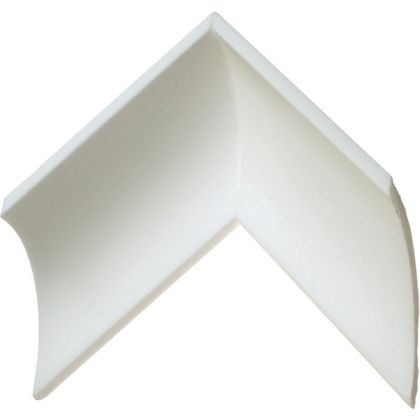
Cornice
The word cornice which derives from an Italian word meaning "ledge" is more of a horizontal decorative moulding that is used on buildings and even furniture, you would mainly see cornice over a door or window or around the top edge of a pedestal, also from Old French and from Latin cornix crow, but influenced also by Latin corōnis decorative flourish used by scribes, from Greek korōnis, so hence the words flourish and ornate obviously depict the work involved in manufacturing or making cornice which results in cornice being more expensive than coving. When it comes to decorating your room we would suggest that cornice being a little bit more elaborate in detail would perhaps suit higher ceilings than coving.
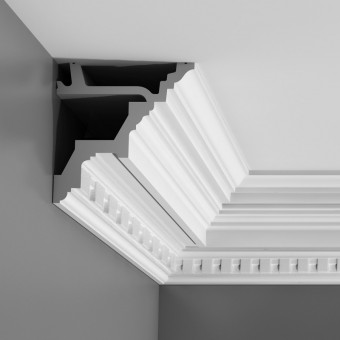


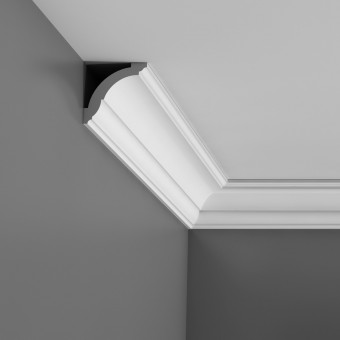

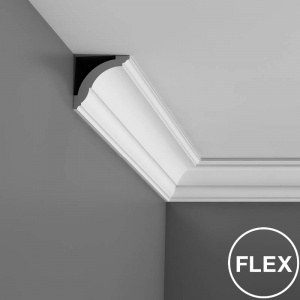
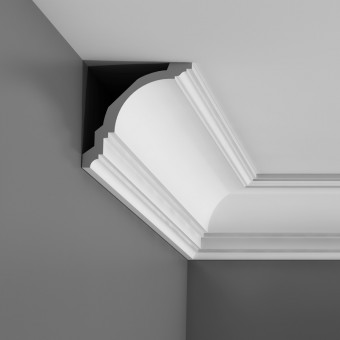

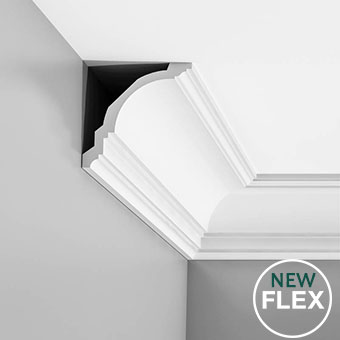
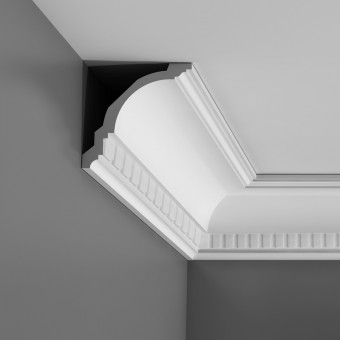

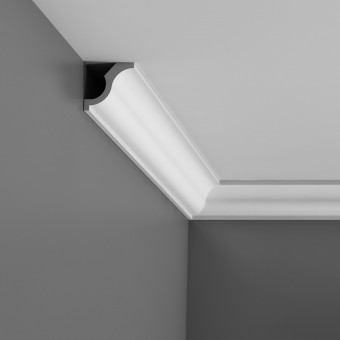

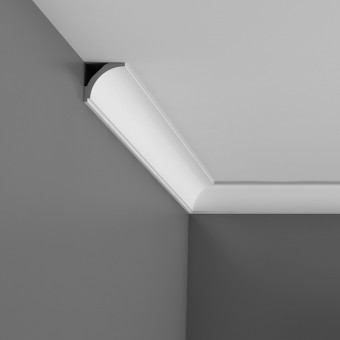

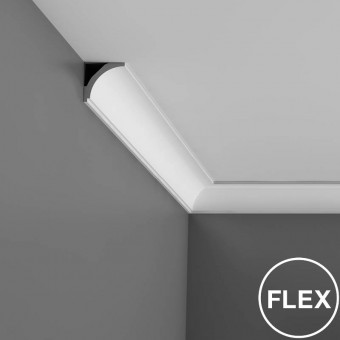
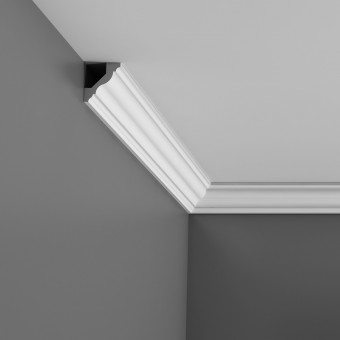

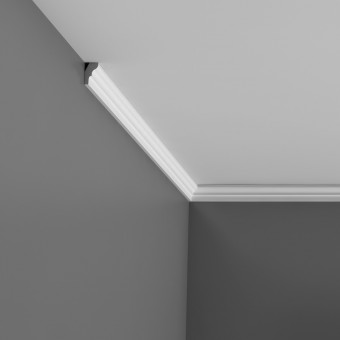

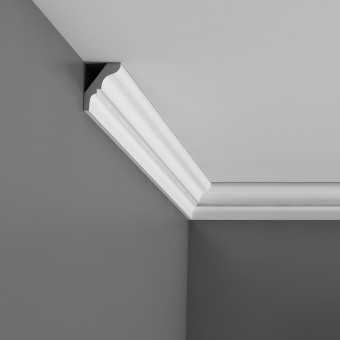

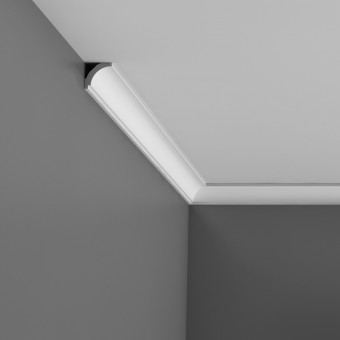

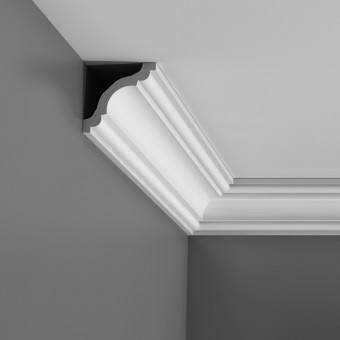

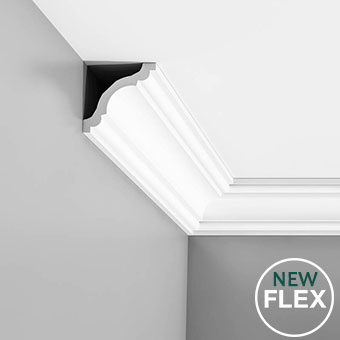
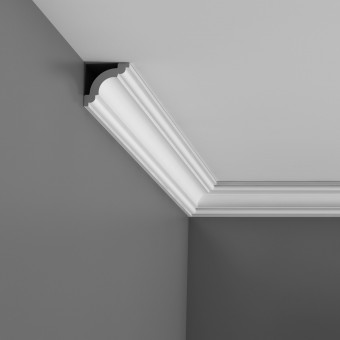

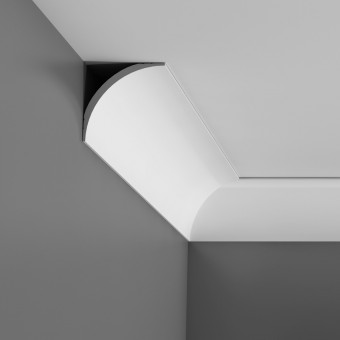

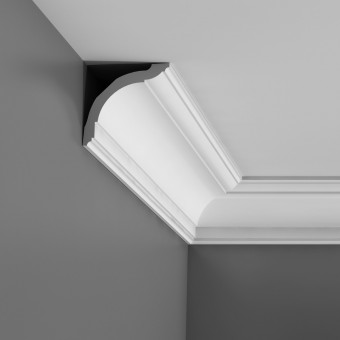

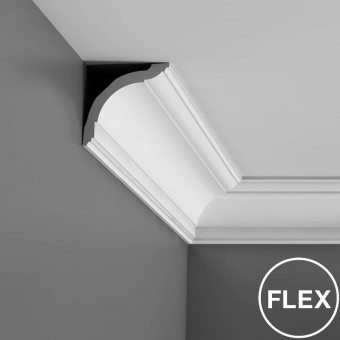
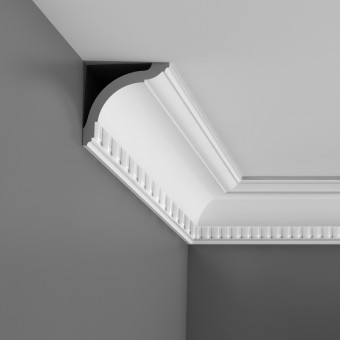

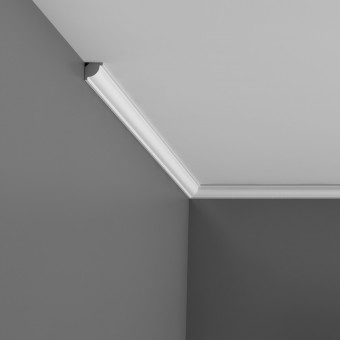

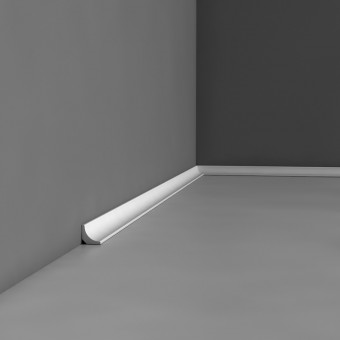

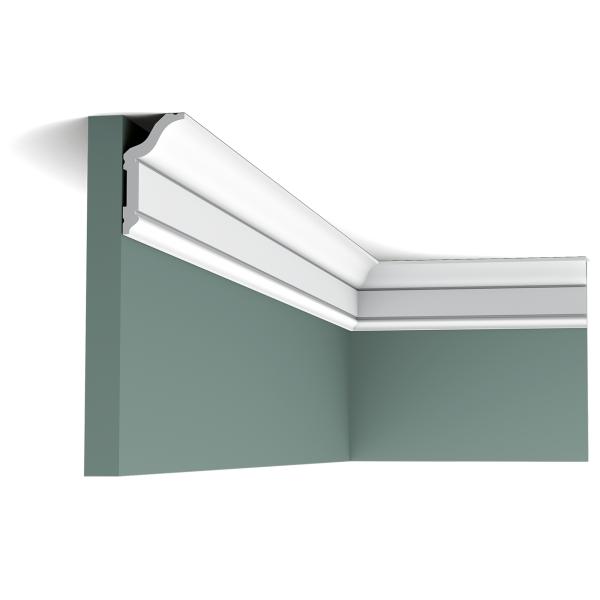

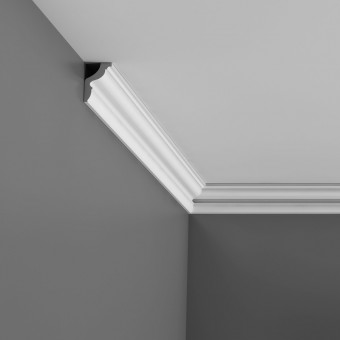

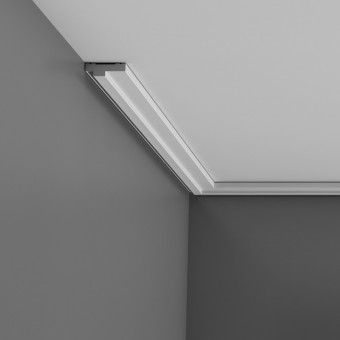

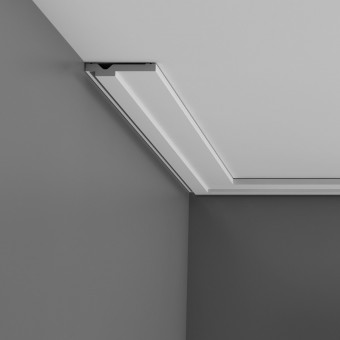

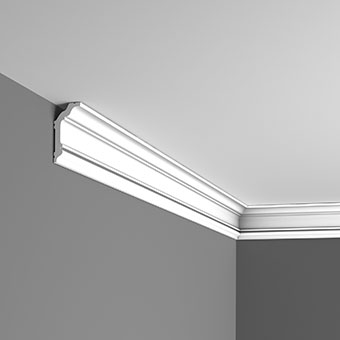
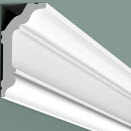
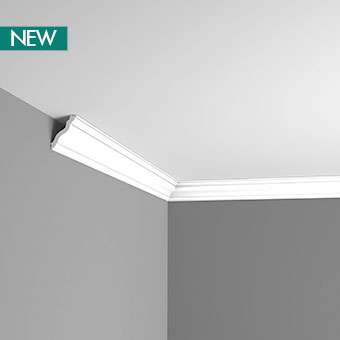

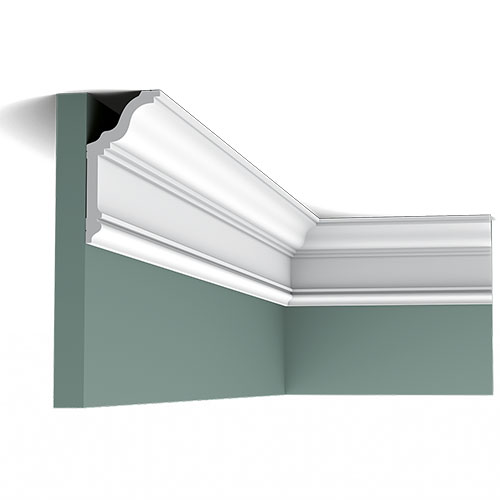
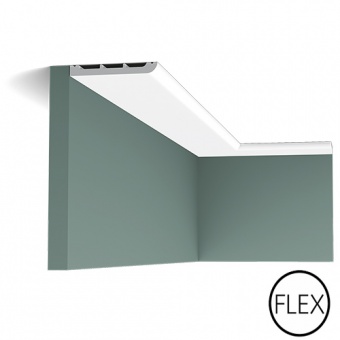
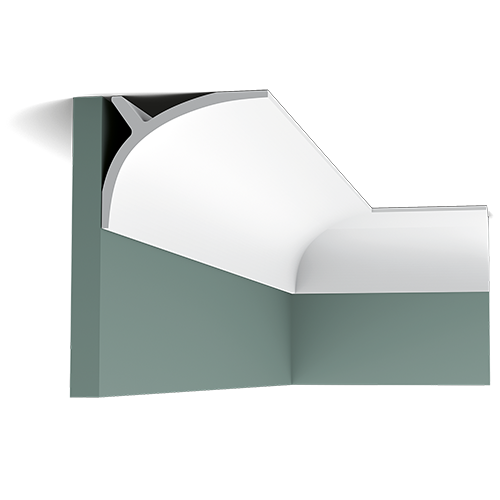
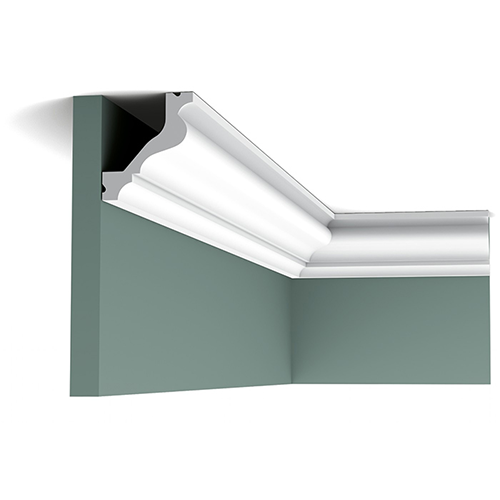

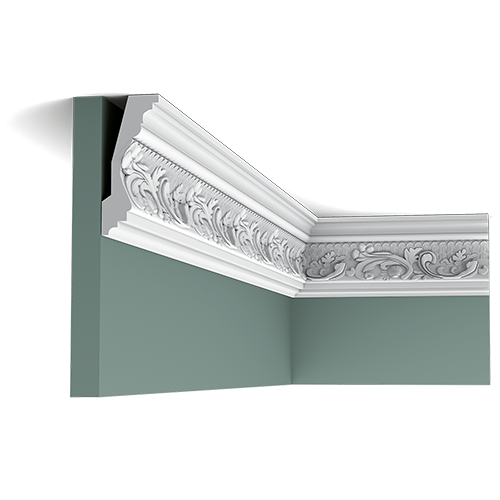



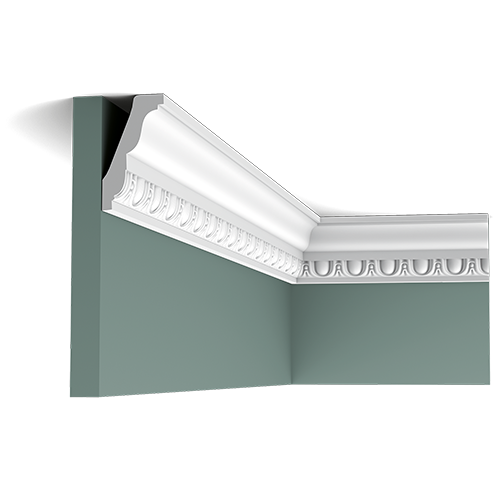

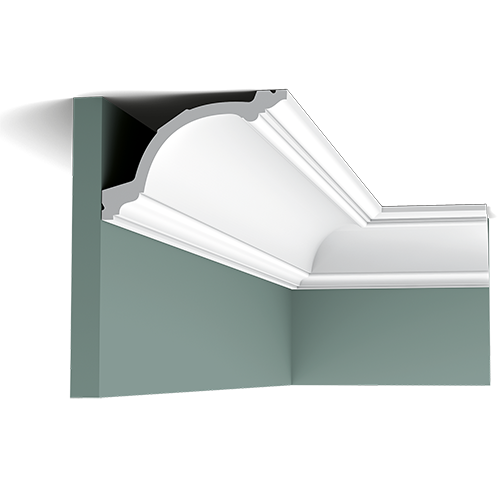

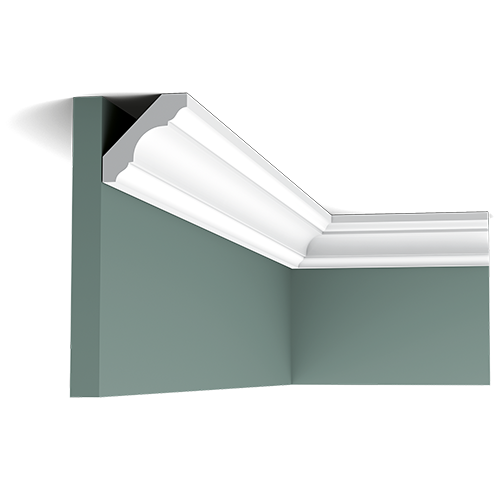

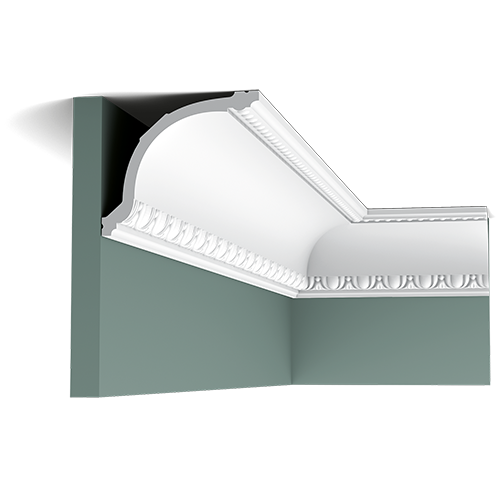



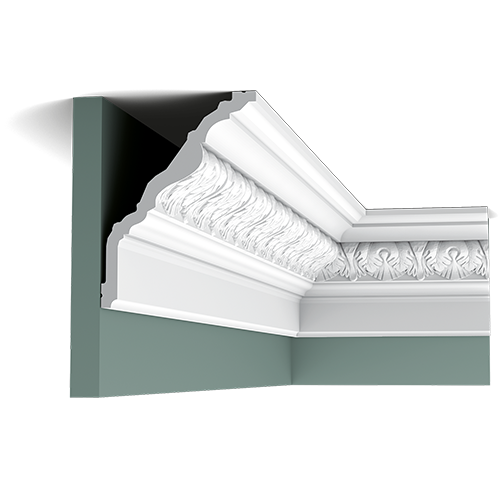

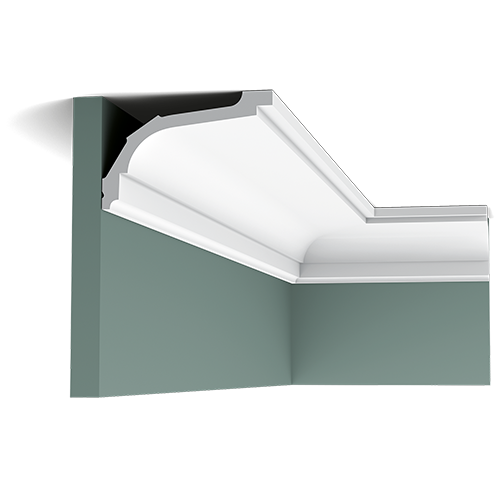

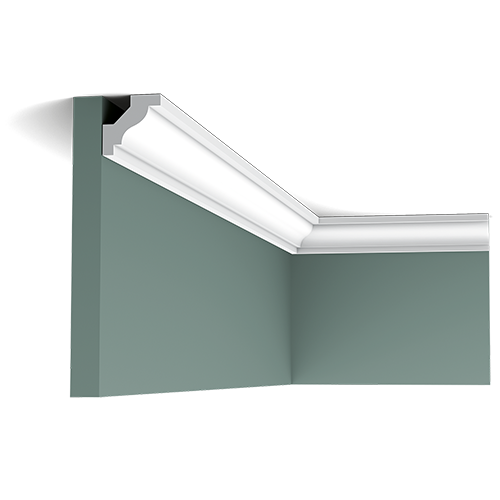

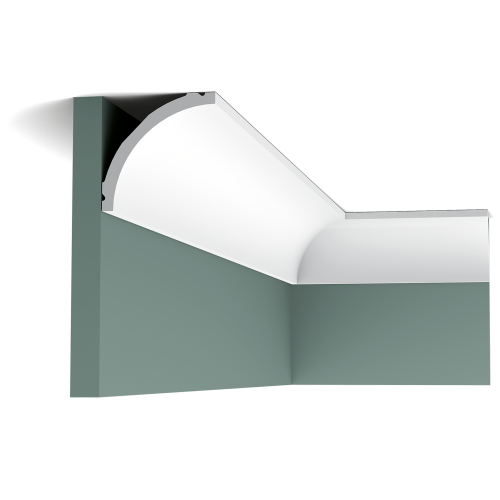

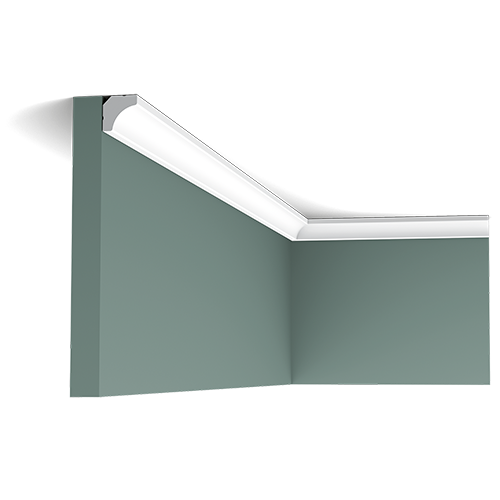

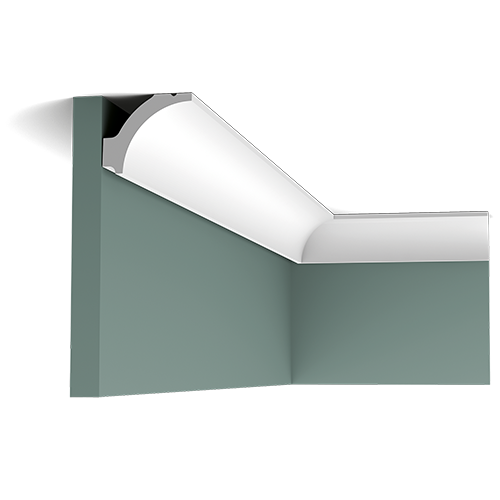

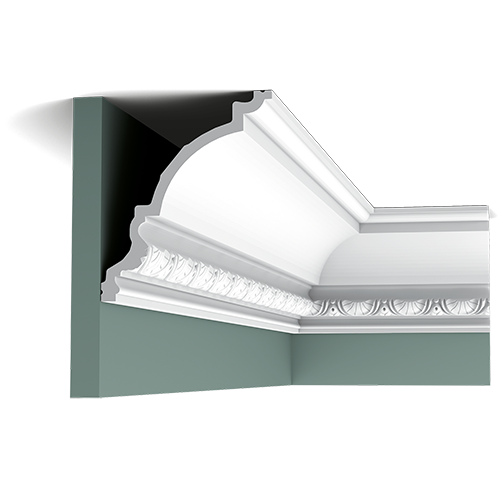

.png)

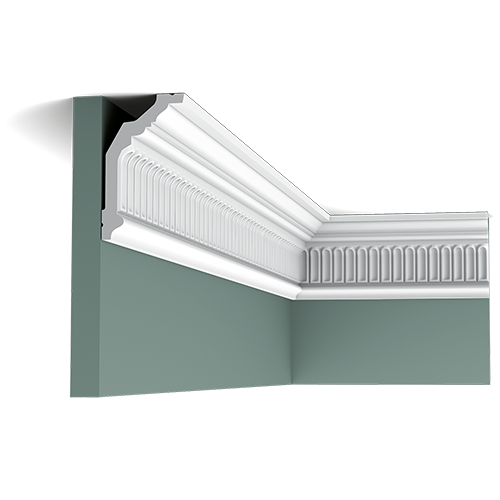

.png)

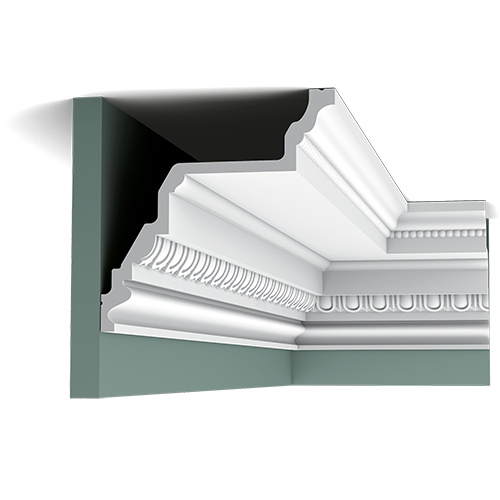

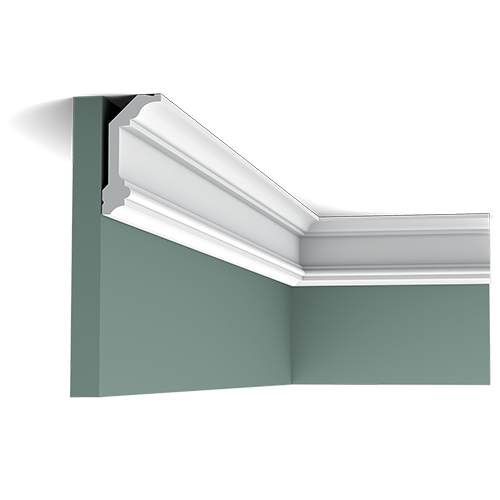

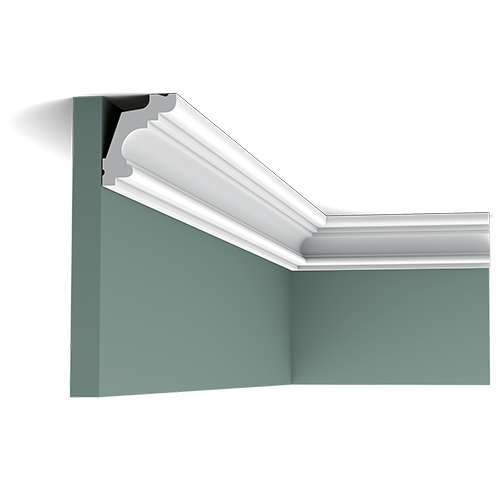

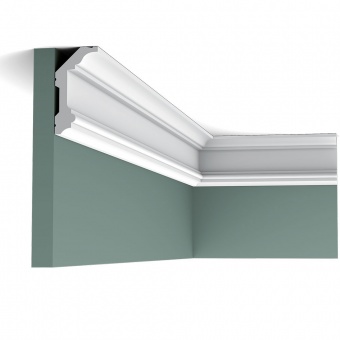
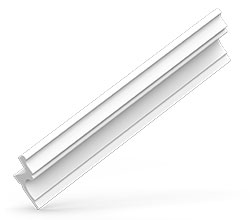
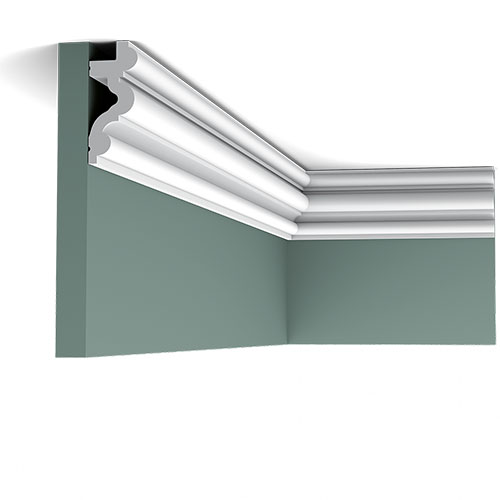
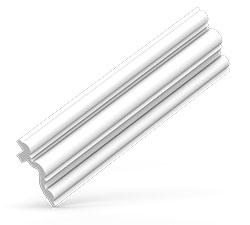
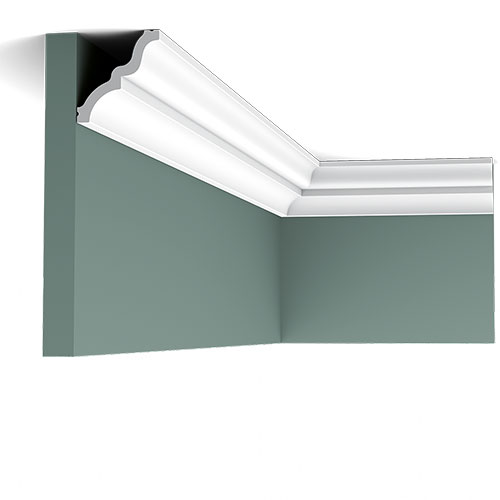
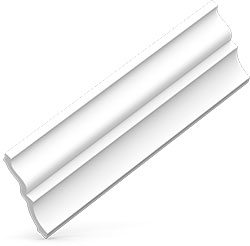
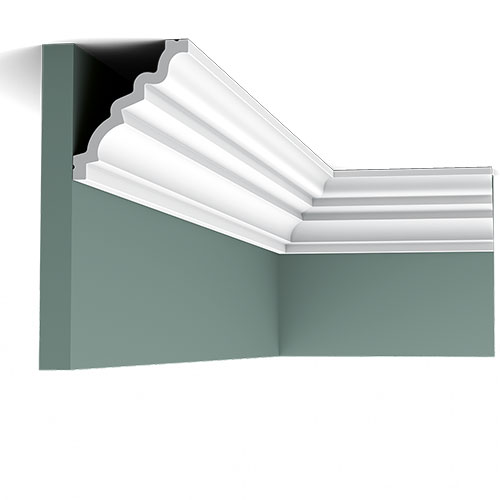
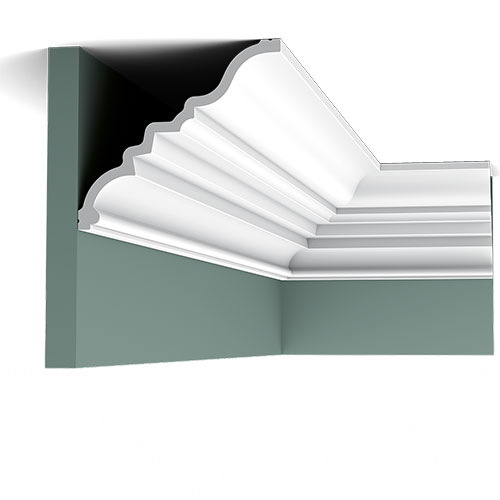
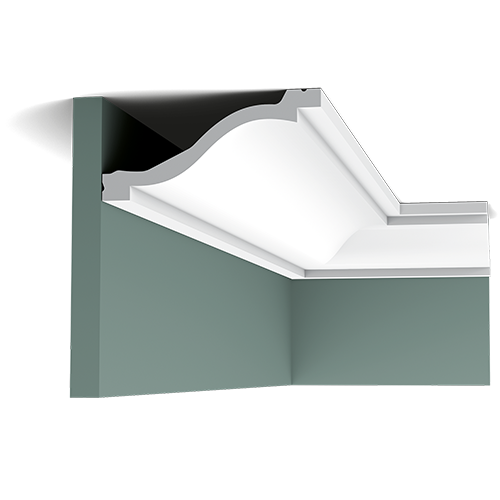

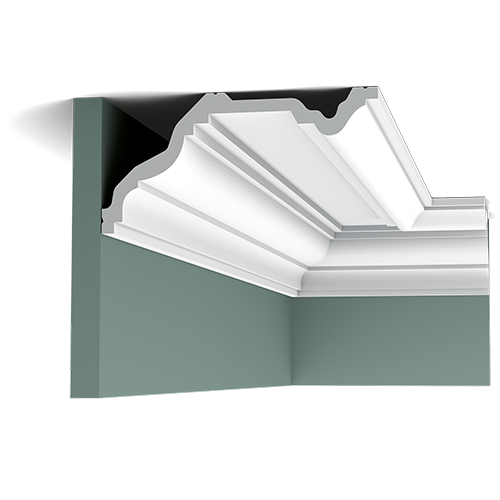

.png)

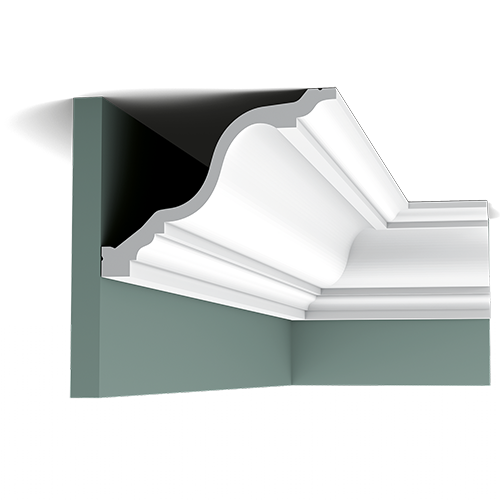

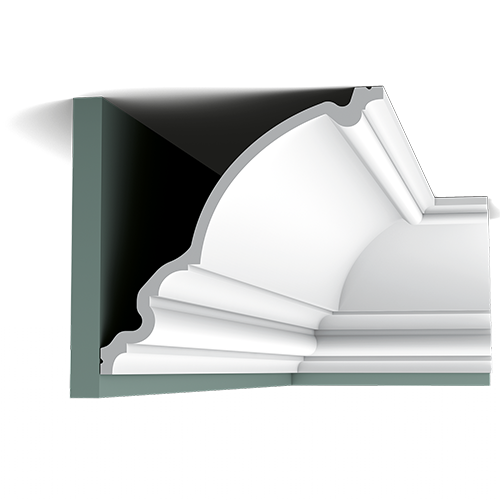

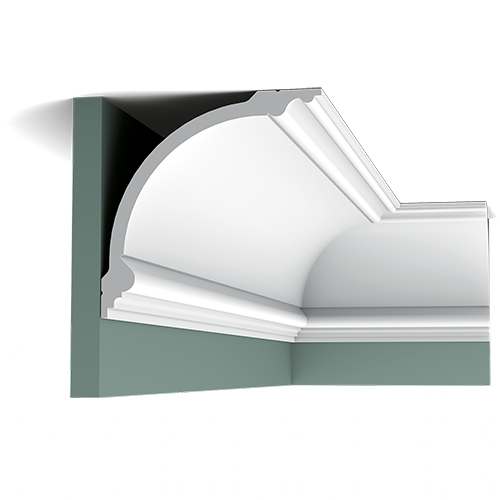

.png)

